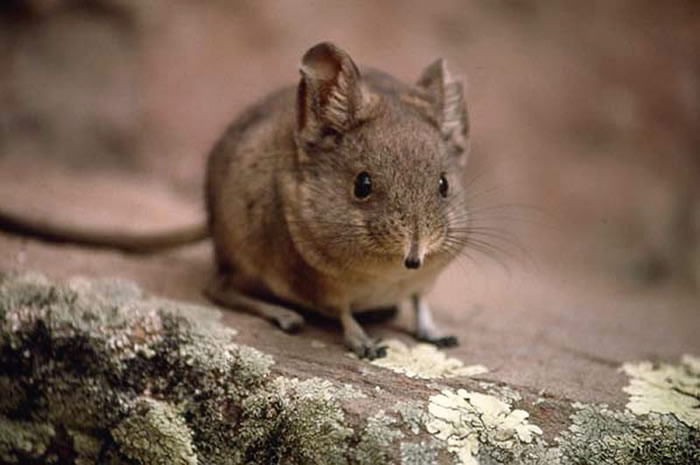If you are considering a safari in Africa it is very likely that you will have come across the term, the Big Five. This prestigious group, to refresh your memory, consists of the lion, African buffalo, rhinoceros, leopard and the elephant. But have you heard of the Little Five?
The Big 5 did not make the cut due to their size, but rather due to the fact that they were considered difficult to hunt. The Little Five, on the other hand, were selected for their size and, as a comical aside, for the fact that their names are similar to the source of their inspiration. These five little creatures are: the ant lion, the buffalo weaver, the rhinoceros beetle, the leopard tortoise and the elephant shrew. Needless to say, they are far more difficult to find than the Big 5, but not half as frightening. Let’s take a closer look at them:
The Ant Lion
The Ant lion is a type of insect. Technically the term “Ant lion” applies to the larval form of the members of this family. In North America it is known as a “doodlebug.” It has been given this nickname due to the spiralling trails it leaves in the sand while looking for a good location to build traps. These traps are used to catch their prey. Like the lion, the Ant lion is not one to feed on plants, but prefers luring and catching prey for its diet. This, as well as the fact that both can be found in Africa, is pretty much where the similarities end.
Buffalo Weaver
The Buffalo weaver is a bird and can refer to the Black Buffalo Weaver, the White-headed Buffalo Weaver, the White-billed Buffalo Weaver or the Red-billed Buffalo Weaver. These birds are very common, particularly in East Africa. Like the African buffalo, they are gregarious, meaning they are highly sociable. They build communal nests, which have several side-entrances. However, unlike their gigantic counterparts, they can be incredibly noisy.
Rhinoceros Beetle
The rhinoceros is one of the biggest mammals in Africa and the Rhinoceros beetle is one of the biggest beetles in southern Africa. The male and female beetles have “body armour,” but the males have a horn which they use in combat. They also use these horns to dig for food, which includes rotting fruit, bark and sap.
Leopard Tortoise
The Leopard tortoise derives its name from the leopard due to its mottled shell, which will remind you of the big cat’s coat. Like leopards, these creatures are solitary. They are found throughout sub-Saharan Africa, predominantly in drier, grassy areas. These hardy animals can live up to 100 years, unlike its mammalian counterpart, which usually only lives for about 20 years.
Elephant Shrew
The adorable Elephant shrew gets its name from its elongated snout. If you stumble upon an elephant whilst on safari, there is no way you are going to miss the biggest land animal on the planet. The Elephant shrew, however, is extremely difficult to spot and is rarely seen. These tiny mammals have relatively long legs, which they use to hop around looking for food. Like the elephant, their “trunks” are quite flexible. They use them to sniff out insects. The elephant, however, is a herbivore; but whilst sniffling and snorting for food it wouldn’t be surprising to find that they sniff up a few insects themselves. The giant elephant is sociable, whereas the shrew is not, but they do live in monogamous pairs.
As you can see these five critters were not chosen in vain. They share some surprising similarities and, naturally, expected differences – most notably, of course, their size. Next time you are on safari, why not keep you eyes peeled and your ear to the ground for these little fellas too, then?
Originally published on Big 5 Safari.
Image Source
